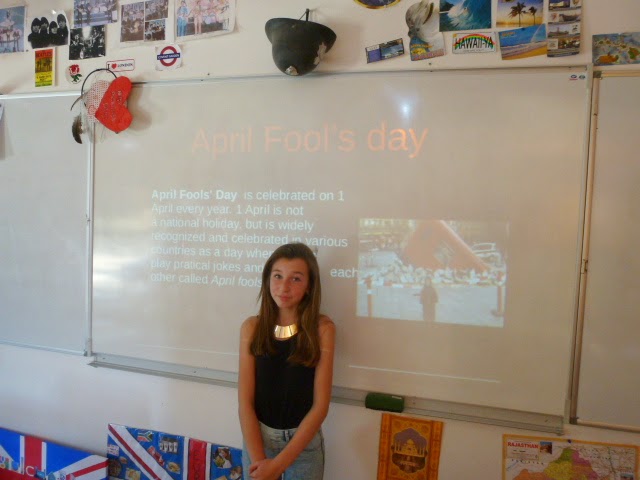
How well do you know about the history of Easter?Test your knowledge!!

A few historical reminders :
The ancient Saxons celebrated the return of spring with a festival commemorating their goddess of offspring and of springtime, Eastre.
The Christian missionnaries who wanted to convert them decided to do so by allowing them to continue to celebrate pagan feasts, but to do so in a Christian manner. And as the pagan festival of Eastre happened at the same time of year as the Christian observance of the Resurrection of Christ.....
The Easter egg : The exchange of eggs in the springtime is a very old custom . The egg was a symbol of birth in most cultures
EASTER RECIPES:
The Hot Cross Buns . Yummy and scrummy !
These buns are traditionally eaten hot or toasted on Good Friday ( Vendredi Saint) , with the cross standing as a symbol of The Crucifixion.
Baby Chick Easter Cupcakes
Ingredients:
- 1 (18.25 oz.) pkg. devils food cake mix
- 2 (16 oz.) can vanilla ready to spread frosting
- Yellow food coloring
- 48 white dessert mints
- 48 miniature baking chip
- 48 pieces of candy corn

Preparation:
- Prepare and bake the cake according to the package directions for 24 cupcakes.
- Allow the cupcakes to cool completely before decorating.
- Tint both cans of frosting with the yellow food coloring.
- Using a pastry bag with a #17 star tip, pipe the frosting to cover each cupcake.
- Pipe on 2 wings per chick by pulling back on the bag as the frosting is released.
- Pipe a small mound of frosting onto each cupcake for the chicks head.
- Place two dessert mints on the head of each chick for eyes.
- Use a toothpick and dab a very small amount of frosting in the middle of each dessert mint.
- Attach a miniature baking chip to each of the chick's eyes.
- Place 2 pieces of candy corn, large ends slightly angled one up and one down into the frosting to make the beaks.
Makes 24 cupcakes
Preparation Time: approximately 30 minutes
Total Time: approximately 1 hour 25 minutes + cooling time
EASTER TONGUE TWISTERSto tangle your tongue...


1. Busy bunnies bring blue baskets.
2. Each Easter, Eddie eats eighty eggs.
3. Six peeping chicks cheeping cheerily.
4. Jogging jellybeans joke and giggle,
jogging jellybeans jump and jiggle.
5. Run, Red Rabbit, run!
jogging jellybeans jump and jiggle.
















